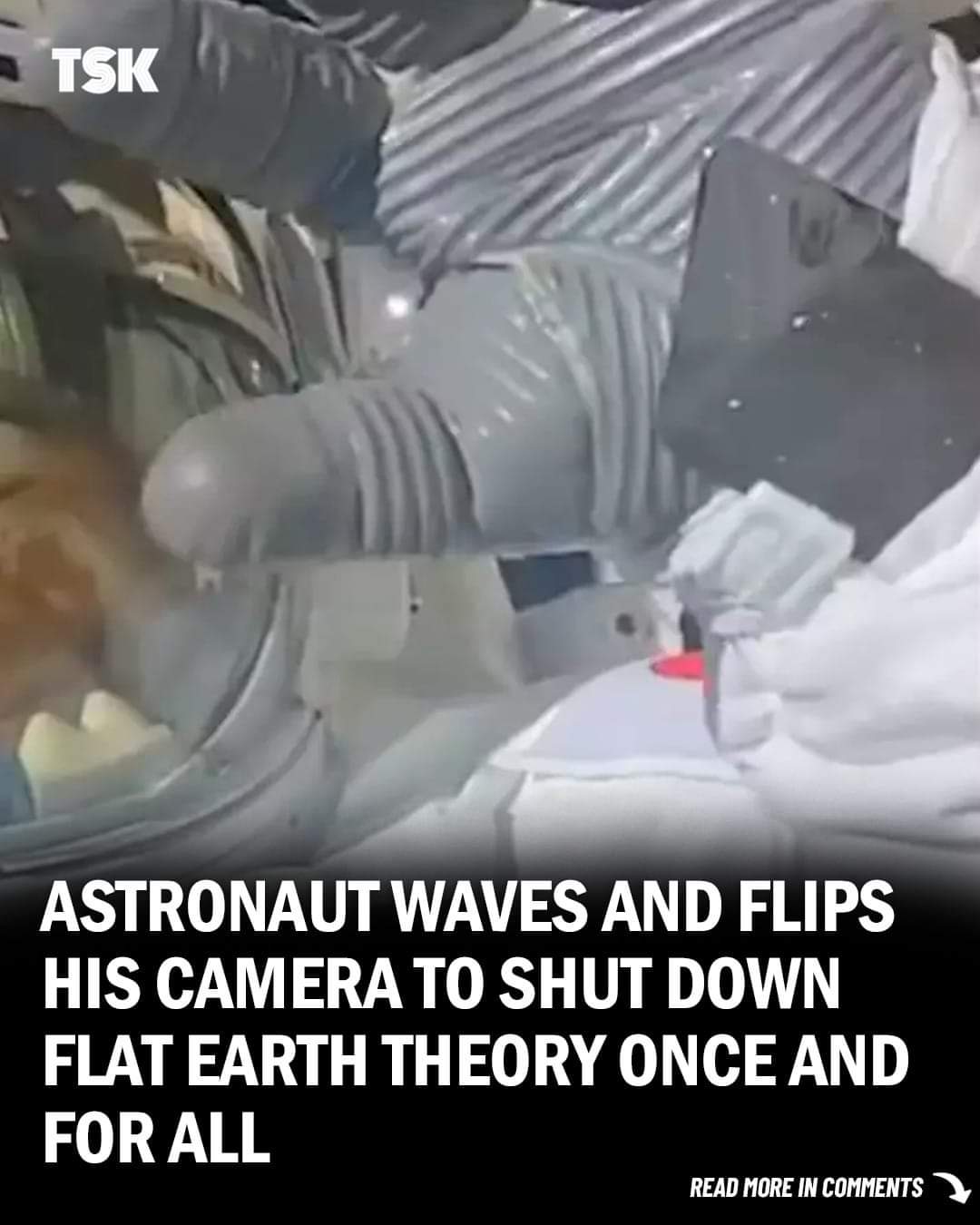In a captivating recent post, the TikTok account Spacemandu shared a video that playfully challenges the flat Earth theory. The clip features an astronaut waving at the camera before flipping it to reveal the stunning curvature of our planet, accompanied by the cheeky caption, “Someone said Earth was flat.” This engaging content serves as a reminder that the evidence supporting Earth’s spherical shape is abundant and well-documented. For nearly two decades, NASA has been at the forefront of capturing and archiving breathtaking images of Earth from space, showcasing its roundness and beauty.
One of the most striking examples of this is the 2015 image taken by NASA’s Deep Space Climate Observatory (DSCOVR) satellite, which captured the entire sunlit side of Earth from a distance of one million miles. This mesmerizing image, resembling a swirling blue and white marble, highlights the planet’s interconnected systems. Former astronaut Charlie Bolden underscored the significance of this observation, emphasizing that it not only showcases Earth’s beauty but also aids in monitoring space weather events caused by the sun. Such images are crucial for understanding our planet, reinforcing the idea that Earth is a complex and dynamic system deserving of our attention and care.
In addition to DSCOVR, the SAGE III instrument plays a vital role in tracking atmospheric data, including vital elements like water vapor and ozone. Its unique perspective, akin to viewing a sunset from space, further reinforces the evidence against the flat Earth theory. Science manager Marilee Roell noted the critical importance of SAGE III’s data in shaping policies related to weather patterns and climate change. The presence of such advanced scientific tools on the International Space Station not only enhances our understanding of Earth but also contributes to the broader goals of human spaceflight, showcasing the dual benefits of exploration and scientific inquiry.
Despite centuries of evidence supporting a spherical Earth, the flat Earth theory continues to attract attention, often rooted in a deep-seated distrust of scientific authorities. Astrophysicist Paul M. Sutter pointed out that this belief reflects a broader skepticism towards experts and scientific consensus. Similarly, renowned scientist Professor Brian Cox has dismissed the flat Earth notion as baseless, reminding us that the ancient Greeks had already measured the Earth’s radius long ago. While the persistence of flat Earth beliefs may be surprising, it highlights the challenges posed by limited education and resources in fostering a comprehensive understanding of science and its principles.



